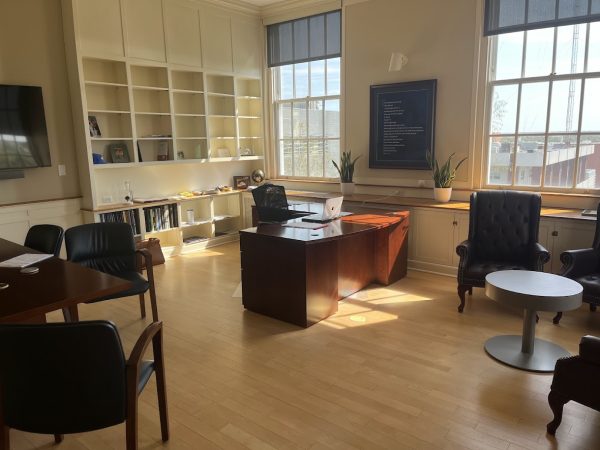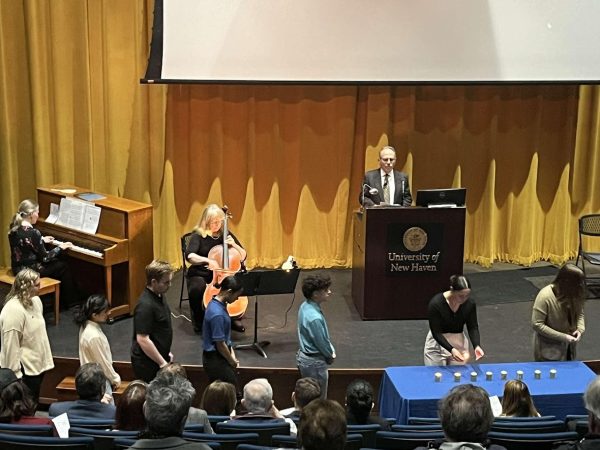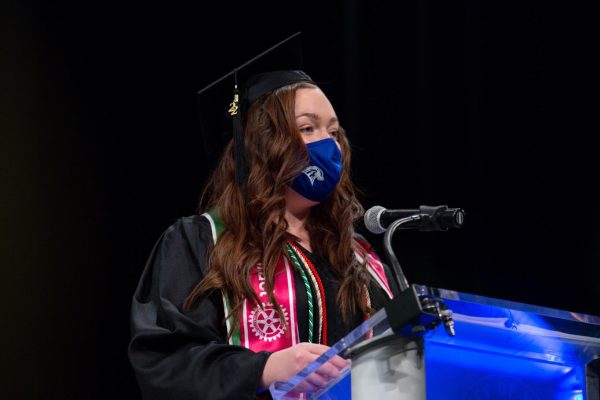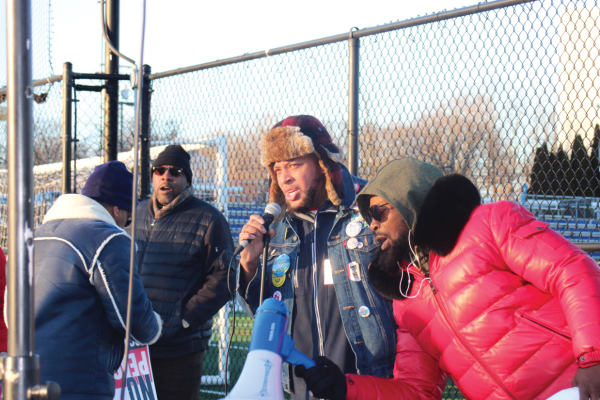Resident Assistants on Recruiting New Staff
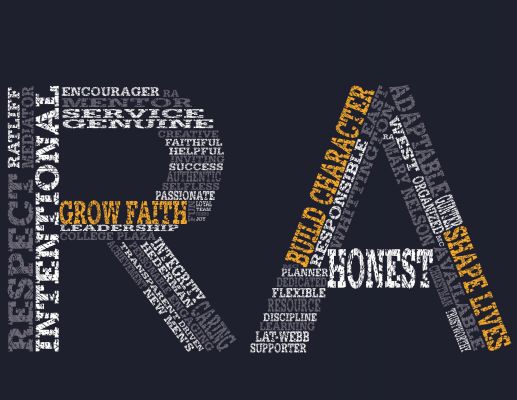
RA recruitment has begun and information sessions ran this past week.
In the spirit of the recruitment, two current RA’s, Lisa LaFountaine and Justin Gaumond, took the time to reflect about their application process and their current positions.
LaFountaine said about her decision to become a resident assistant, remembering when she shadowed an RA before coming to the university, “I thought it was a really cool dynamic to be around, I wanted to be a role model like she was,” she said.
Gaumond had similar feelings as he said, “I wanted to become an RA because I saw how helpful my RA was my freshman year and I wanted to be that person for someone else.”
These information sessions were mandatory to become an RA, but the process is far from over. Students who wish to be an RA must submit their application, which can be found on Charger connection, by January 31st. Following the online applications, there is a rigorous process that takes place leading up to final decisions on February 22.
The sessions were very successful this year, from the first one to the last. “There was a huge turnout. We even had about 35 people attend the Friday afternoon session,” said RA Nathan Lanning.
As the application process continues it is important to keep in mind the true caliber of the position. LaFountaine and Gaumond both agree that the application process is rigorous because of the responsibility that comes with the title of RA.
LaFountaine touched on just some of the necessary traits one needs to become an RA as she said, “you have to be able to work well with others and problem-solve. You have to make sure you can work well with people you’ve never worked with before.”
These traits are tested by the next step in the application process: group process. This takes place on February 3, and consists of three hours where students are put in groups to test their teamwork skills.
Once group process is over, students are invited back for interviews, which include a creative project aspect. Creative projects are designed to allow students an outlet to tell Residential Life employees about themselves with a creative, hands-on presentation. All of these aspects allow ORL to accurately judge each applicant’s strengths and weaknesses to decide whether or not the RA role is a good fit.
“They fit you into the building with the staff they feel is most appropriate to create a well-balanced team,” explained LaFountaine.
LaFountaine and Gaumond looked back on their own creative projects fondly as they described what their concepts had been. LaFountaine used a toolbox for hers, with her concept being that she had dropped all of her tools on the way to the interview. The interviewers had to assist her in picking them back up, and each one they picked up had a fact, person, or place written on it, chosen by LaFountaine, to reflect things that she held close to her heart. As they picked the tools up she gave them more details about each item.
Gaumond based his project around his passion for competitive gingerbread house making. He brought in blueprints for the interviewers to construct a gingerbread house that included facts about himself. When the building was complete, it was a replica of his own home in Massachusetts.
While being an RA is certainly a large amount of work, it is also extremely rewarding. “It all pays off when you throw a great program and your residents love it,” said LaFountaine.
Gaumond agreed saying, “You get to see your residents grow. I love it. I wouldn’t trade it for anything in the world.”
Any and all students thinking about applying are encouraged to talk to their RA’s, attend their building’s specific programs, and reach out to the Career Development Center for cover letter and resume writing help.
Gaumond ended with some final words of encouragement: “It’s a role you have to grow in. You don’t know until you try. If you really want it go after it, there should be nothing stopping you.”
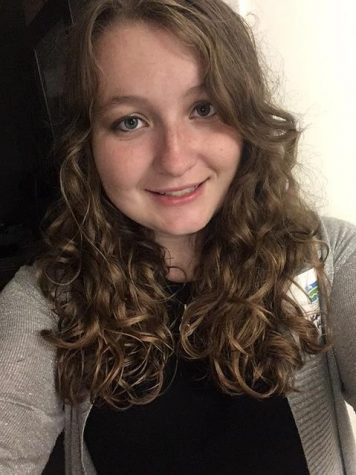
Karina Krul is a senior marine biology major with a triple minor in psychology, political science and marine affairs. This is her fourth year with The...

